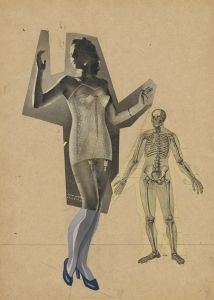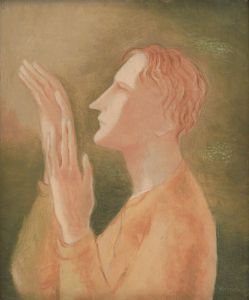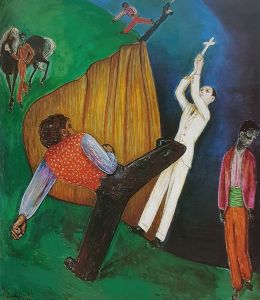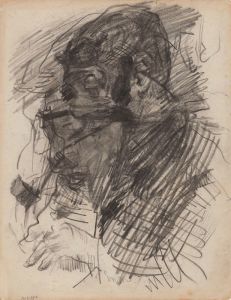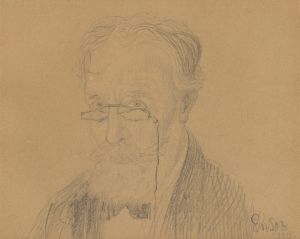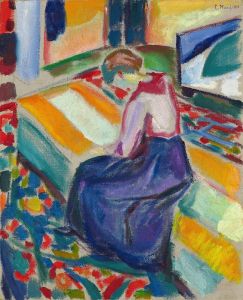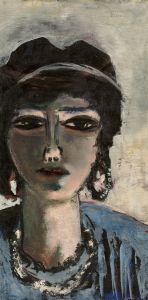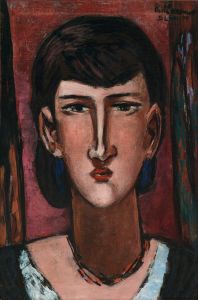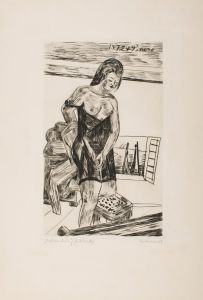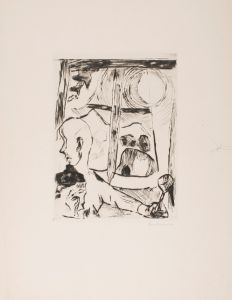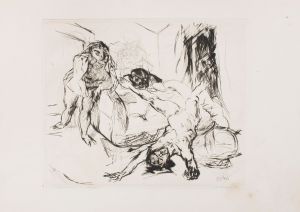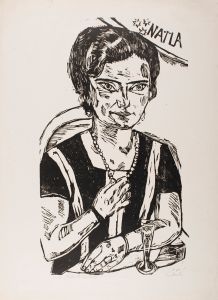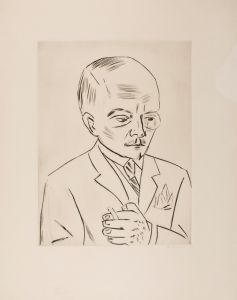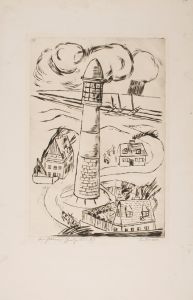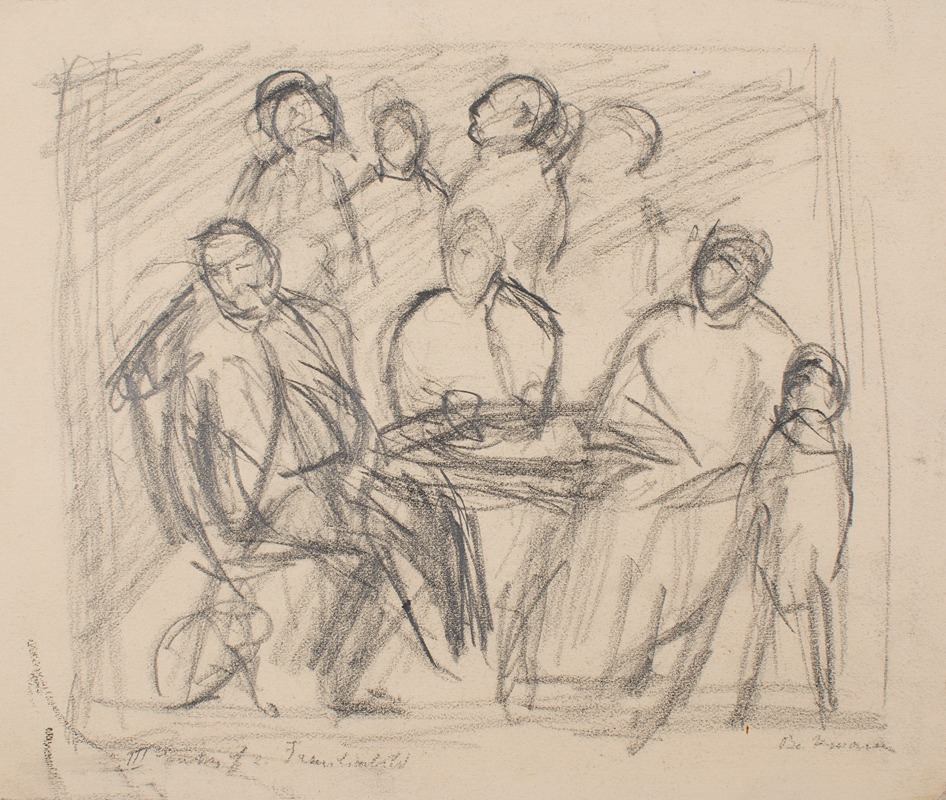
Third Sketch for Family Portrait
A hand-painted replica of Max Beckmann’s masterpiece Third Sketch for Family Portrait, meticulously crafted by professional artists to capture the true essence of the original. Each piece is created with museum-quality canvas and rare mineral pigments, carefully painted by experienced artists with delicate brushstrokes and rich, layered colors to perfectly recreate the texture of the original artwork. Unlike machine-printed reproductions, this hand-painted version brings the painting to life, infused with the artist’s emotions and skill in every stroke. Whether for personal collection or home decoration, it instantly elevates the artistic atmosphere of any space.
Max Beckmann, a prominent German painter, is known for his distinctive style that combines elements of Expressionism and New Objectivity. One of his notable works is "Third Sketch for Family Portrait," which reflects his unique approach to capturing the complexities of human relationships and societal conditions. Beckmann's art often delves into themes of identity, existentialism, and the human condition, and this sketch is no exception.
"Third Sketch for Family Portrait" is part of a series of preparatory works that Beckmann created as he explored the concept of family and personal identity. While the final painting of the family portrait may not be as widely recognized or available, the sketches provide valuable insight into Beckmann's creative process and thematic concerns.
Beckmann's work during this period was heavily influenced by the tumultuous socio-political climate of early 20th-century Europe, particularly the aftermath of World War I and the rise of fascism. His art often reflects a sense of disillusionment and introspection, capturing the psychological and emotional states of his subjects. In "Third Sketch for Family Portrait," Beckmann employs his characteristic bold lines and dramatic contrasts to convey the tension and complexity inherent in familial relationships.
The sketch is notable for its composition and use of space. Beckmann often arranged his figures in a way that suggests both connection and isolation, a reflection of the dual nature of family dynamics. The figures in the sketch are rendered with a sense of immediacy and raw emotion, highlighting Beckmann's ability to convey depth and intensity through minimal means.
Beckmann's choice of subjects and his approach to portraiture were also influenced by his personal experiences. Having lived through the upheaval of war and political change, Beckmann's art often grapples with themes of survival and resilience. His family portraits, including the sketches, can be seen as an exploration of personal and collective identity, as well as a commentary on the broader human experience.
The "Third Sketch for Family Portrait" is a testament to Beckmann's skill as a draftsman and his ability to capture the essence of his subjects with economy and precision. The sketch serves as a window into Beckmann's artistic vision and his ongoing exploration of the human psyche.
While specific details about the individual figures in the sketch or the intended final composition may not be extensively documented, the work remains an important part of Beckmann's oeuvre. It exemplifies his commitment to exploring the complexities of human relationships and the societal forces that shape them.
In summary, "Third Sketch for Family Portrait" by Max Beckmann is a compelling example of the artist's exploration of family dynamics and personal identity. Through his expressive style and thoughtful composition, Beckmann invites viewers to reflect on the intricate interplay of connection and isolation that defines the human experience.





